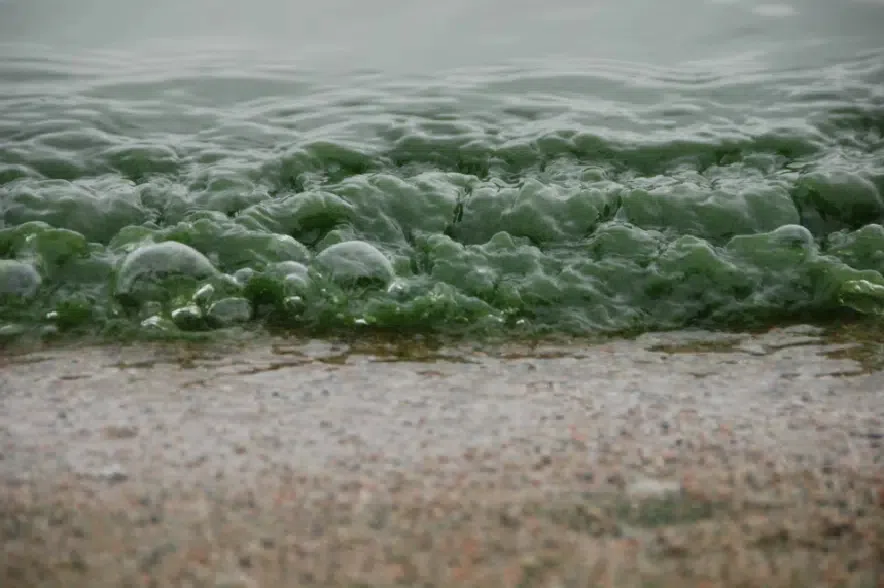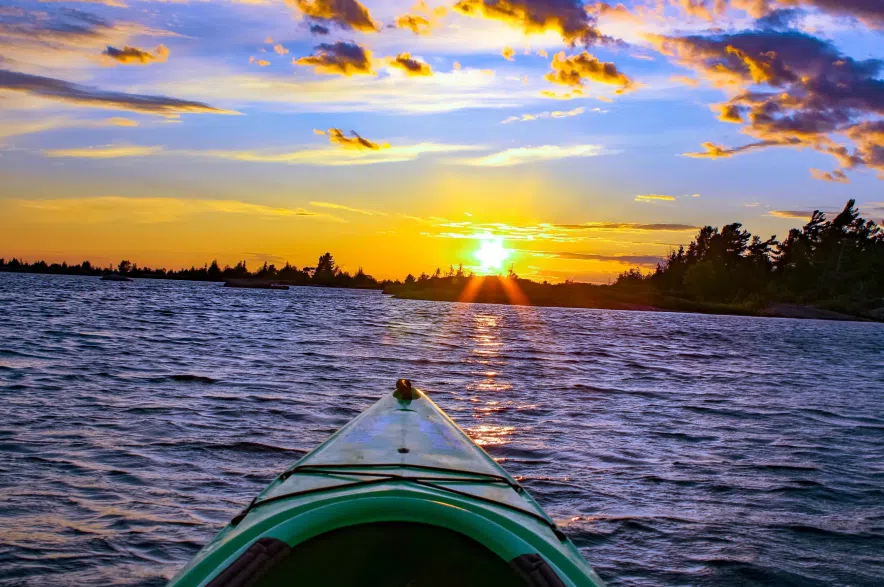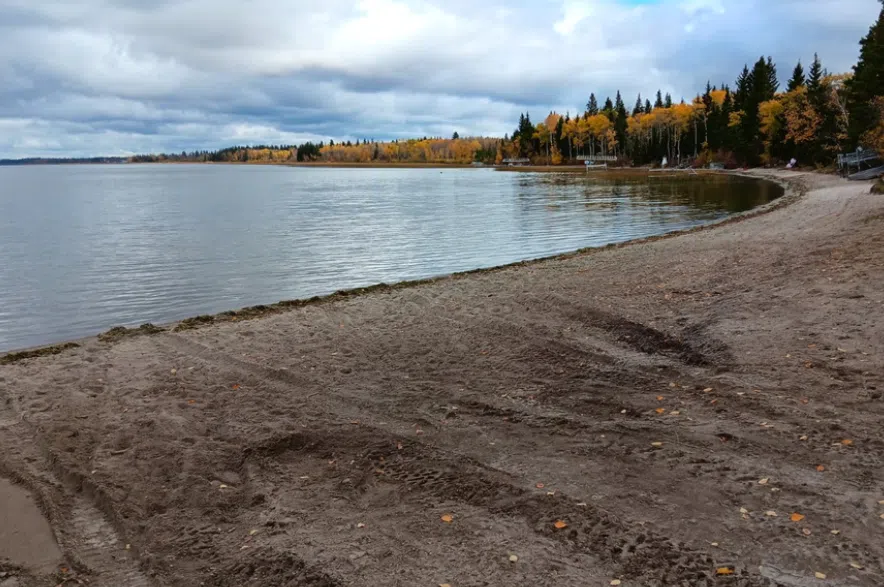A study into popular recreation spot Turtle Lake in west-central Saskatchewan is asking people who live at or use the lake to give their opinions on its future.
The lake, located around 59 kilometres south of Meadow Lake, is surrounded by over 1,500 cabins and one of the most popular and heavily developed lakes in the province, according to SaskLakes website.
Read more:
- Saskatchewan RCMP warns boaters to stay sober this summer
- Help keep Saskatchewan waters free from invasive species this summer
Considered a shallow lake which experiences high rates of evaporation during the summer, part of the northwest shore borders the Thunderchild First Nation and it’s also reportedly the home of the Turtle Lake monster, a legend that has its own Facebook page.
It is also the site of the 43 ha (112 acre) Turtle Lake Sanctuary on its eastern shore, featuring hiking, cycling, and cross-country skiing trails as well as being home to 35 mammal species and 220 bird species. Notable sightings may include beavers, bald eagles, moose and bears, according to Tourism Saskatchewan.

No single factor causes a blue-green algae bloom. Blooms are more likely to occur during hot, sunny
weather, in calm water that is rich in phosphorus and nitrogen. (Water Security Agency)
Why is the lake being studied?
The lake has had visible impacts from algae blooms and the area has seen rising concerns about shoreline development and low lake levels resulting from drought, according to the organizers of the Turtle Lake Lakeshore and Watershed Management Study.
The study is being led by a team of professional planners and scientists, and is overseen by the Turtle Lake Study Steering Committee, which includes local community contributors.
According to the project website, the study’s purpose is to monitor the health of the lake, gather knowledge from permanent and seasonal residents, provide clear guidance for future development and environmental protection and support municipalities and other partners in updating policies and bylaws.
In a news release, project team member Brenda Wallace said they are gathering scientific data on water quality, boating capacity, shoreline sustainability, and fisheries health as well as seeking local knowledge and community insight.
“The people who visit and live at Turtle Lake have important knowledge about changing conditions that may not be easily seen in a water sample or a lake activity survey,” Wallace said in the release.
“This study provides a critical opportunity for everyone who cares about Turtle Lake to share what changes they are seeing and ensure the things they love about the area are protected into the future.
“By blending science and community knowledge, we can ensure the recommendations from the study match the needs of the lake, its residents, and for future generations.”
The release said that Turtle Lake has been studied each decade since the 1980s and the 1984 study raised serious concerns that further shoreline development could degrade water quality through increased nutrient loading and insufficient wastewater management.

Recreational demand on Turtle Lake has grown substantially since 1984, the study group says. (mynewturtle / Depositphotos.com)
Summer use taking its toll
The study website said scientific monitoring has shown that while the lake still supports recreation, signs of nutrient enrichment (e.g., algal blooms and elevated coliform counts) have persisted or increased in certain areas, particularly during peak summer use.
In 1984, boating activity was highlighted as a threat to environmental conditions on the lake, the website says, and from 1993 to 2016, the number of boats on the lake grew substantially.
The south part of the lake experiences periods where there are too many boats, jeopardizing safety, according to the website, adding that the lake still has enough space for boats, but if more cabins and docks are added without careful planning, the area of overcrowding could spread.
It said recreational demand has grown substantially since 1984, with higher year-round visitation, increased motorized use and more pressure on public beaches, parks, and boat launches.
It also said that conflicts among user groups (e.g., paddlers vs. powerboats, swimmers vs. anglers) had become more common.
Trends in water quality, boating capacity, shoreland capability, and angling and fishery health are available on the project webpage.
How can you have your say?
People can get involved by:
- Sharing observations and experiences through an online survey.
- Mapping observed changes and noting valuable places to create a community story map the evolves as people share their knowledge.
- Dropping in for a conversation at an information café on Sunday, August 10 at the Livelong Community Centre from 10:30 a.m. to 2:30 p.m.
Read more:











